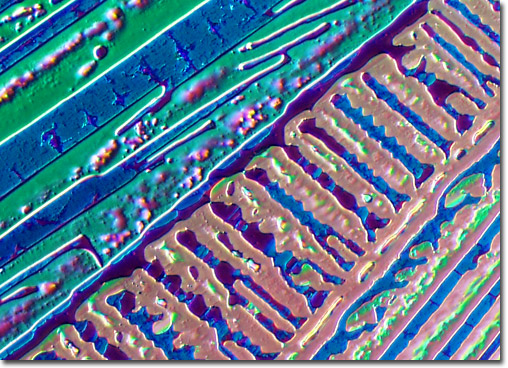Coumarin

|
Coumarin is the parent organic compound of a class of naturally occurring phytochemicals found in many plant species. This oxygen heterocycle is best known for its fragrance, described as a vanilla-like odor or the aroma of freshly mowed hay. Identified in the 1820s, coumarin has been synthesized in the laboratory since 1868 and used to make perfumes and flavorings. It is also used to prepare other chemicals -- in particular anticoagulants and rodent poison. Coumarin is found in a variety of plants such as Tonka bean, lavender, sweet clover grass, and licorice, but also occurs in food plants such as strawberries, apricots, cherries, and cinnamon. It is thought to work by serving as a pesticide for the plants that produce it. Chemically, coumarin can occur either free or combined with the sugar glucose to produce a coumarin glycoside. Medically, coumarin glycosides have been shown to have blood-thinning, anti-fungicidal, and anti-tumor activities. Dicumarol, a coumarin glycoside better known as warfarin, is the most commonly used oral anticoagulant medication. |
© 1995-2025 by Michael W. Davidson and The Florida State University. All Rights Reserved. No images, graphics, software, scripts, or applets may be reproduced or used in any manner without permission from the copyright holders. Use of this website means you agree to all of the Legal Terms and Conditions set forth by the owners.
This website is maintained by our
|